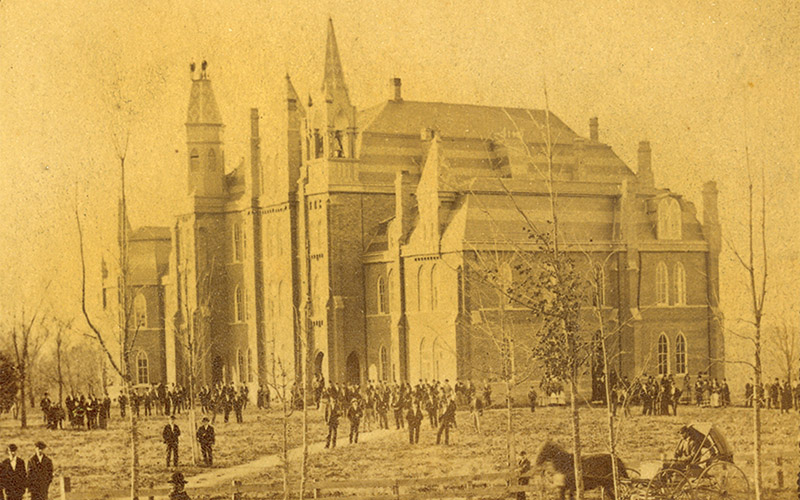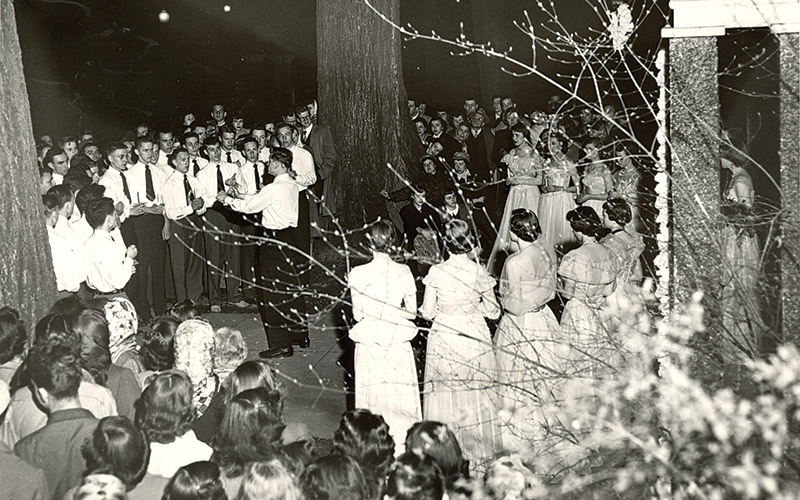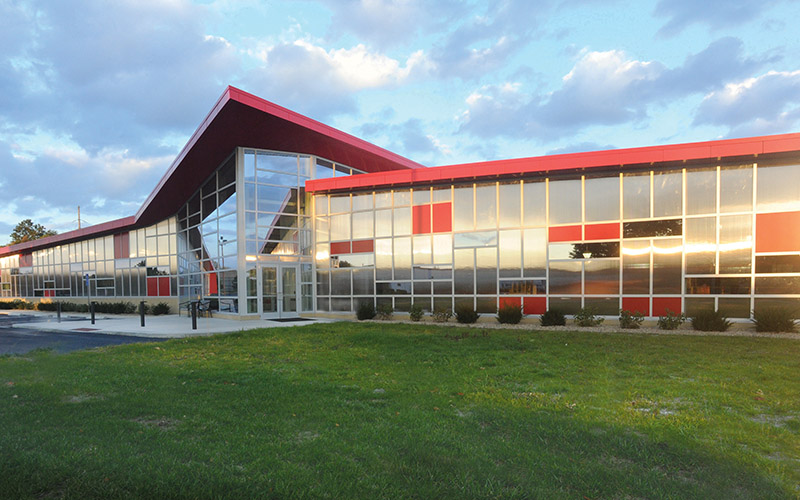Otterbein stands for bold ideals. That is the hallmark of Otterbein University and those connected to this private, picturesque university perfectly situated in Westerville, Ohio, America’s fifth friendliest town (Forbes), just minutes from Columbus, the 15th largest city in the country.
Otterbein is committed to standing as a college of opportunity. This commitment to opportunity started with its founding in 1847 as one of the nation’s first universities to welcome women and persons of color to its model community of teachers and learners. Otterbein was named for Philip William Otterbein, a founder of the Church of the United Brethren in Christ. Otterbein is believed to be one of the first colleges in the country founded as a coeducational institution enabling women to follow the same course of study as their male counterparts. The first graduating class consisted of two women, Sarah Miller and Mary Katherine Winter.
Early in its history, the University aligned itself with causes. University officials joined city founders in support of emancipation, and were active participants in assisting runaway slaves as Westerville became a station along the Underground Railroad. The town of Westerville was also home to the Anti-Saloon League.
Advancing the common good remains a mission-driven priority. Otterbein is a recipient of the 2015 Carnegie Community Service Classification; finalist for the 2014 President’s Award for Economic Opportunity Community Service; and has been honored With Distinction by the President’s Higher Education Community Service Honor Roll since the list’s inception in 2006.
Curricular innovation has long been a hallmark of the University. The pioneering work of Dr. Lavelle Rosselot established the method of Foreign Language instruction that is still in use today. The Integrative Studies curriculum, a common course of study for all students, has garnered national recognition and serves as a model for many colleges and universities seeking to adopt similar programs.


In recent years, Otterbein is helping set the national conversation for its pioneering work in experiential learning. Academically, Otterbein is nationally recognized for its intentional blending of liberal arts and professional studies through its renowned Integrative Studies curriculum and its commitments to experiential learning and community engagement. It consistently ranks in its category’s top 20 in U.S. News & World Report’s guide to “America’s Best Colleges.”
The turbulence of the 1960s led to a reorganization of the University governance system. In the early 1970s, Otterbein became the first University in the nation to have students and faculty seated as permanent, voting members of its Board of Trustees. In 2014, the University governance system voted to create an independent Student Government, to reflect the changing needs of students.
Today Otterbein University enrolls approximately 2,600 traditional, adult and transfer undergraduate students, and 400 graduate students working in one of several master’s degree programs, and some towards a doctorate degree in nursing practice.
Integrity, humane values and an inherently just, moral compass have guided Otterbein’s forward-thinking vision and actions – from its curriculum to its responsibilities as a member of academic, regional and global communities.
